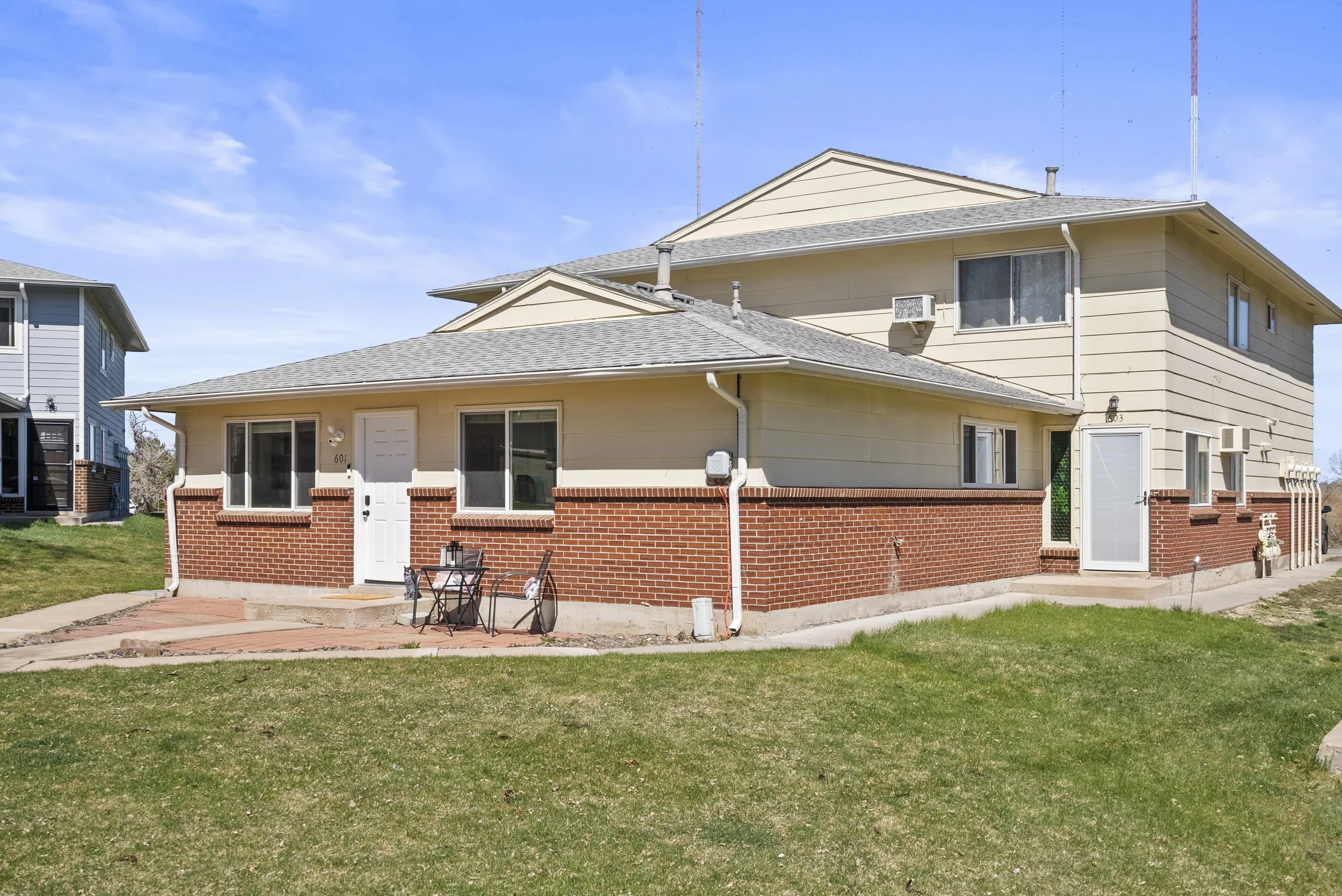March 2025 is notable, marking five years from the beginning impacts of COVID-19 in Colorado. It's a historical experience in which we know the "before", the "during" and the "after." according to the Denver Metro Association of Realtors Market Trend Committee.
A jumble of lessons in resilience, priorities and what is considered essential. Buried in all of this was a trigger activating a sudden need for change, whether it was a need for home offices and a place to school children or a yard for the kids and dogs who could no longer access school and park playgrounds, a place with a home gym or a detached home without public access points and elevators - this sudden urge was almost primal, a need to access a space that felt safe. This trigger, the combination of sudden demand and historically low interest rates, began a surge in the real estate industry that would last 24 months, culminating in a peak median sale price in the Denver Metro of $616,500 in April of 2022, a 38.5 percent increase from March 2020.
Five years later, we see the "after" - a market balancing out as normalcy returns, tempered by high interest rates. This March's median sale price in the Denver Metro was $599,000, down 3.9 percent from the peak. The balancing of the market has occurred with lower buyer demand, higher levels of inventory and stagnation in pricing. Primary residential homes are a longer-term investment; looking at the overall five-year performance of the market yields a 6.92 percent annual appreciation, which is in line with long-term averages.
Higher interest rates and affordability challenges have had the most significant impact on the market shift. In 2020, the average interest rate for a 30-year fixed mortgage was around 3 percent and remained in that range until the spring of 2022, when rates surged to about seven percent by year-end —where they have largely remained. This sharp increase in borrowing costs has slowed buyer activity, even as inventory has grown.
The first quarter of 2020 is our pre-pandemic benchmark, reflecting market conditions before COVID - driven demand accelerated activity. In the first quarter of this year, 15,529 new listings have entered the market, compared to just 6,666 in the first quarter of 2020. The 2020 surge in buyer demand began amid already-low supply. As inventory has increased, prices have stagnated. In the first quarter of 2020, 12,065 properties were sold; in the first quarter of this year, only 8,697 properties were sold - a 27.9 percent decline -highlighting that the market remains less active than it was before the pandemic.
The good news for buyers in this current market is that the pricing rebalance has allowed the drastic value jump to even out. Mortgage rates remain impactful on affordability; however, the increase in supply has provided more options to choose from and increased negotiating options with sellers.
Sellers are in a different position than in 2020-2022; buyers are pickier and looking for homes that have been well-maintained, require minimal updating and, of course, are priced competitively for the current market conditions. Buyers don't have the same level of urgency as during the pandemic years; sellers need to create that urgency by presenting a beautiful home at an attractive price.
Learn more about the market from the Denver Metro Association of Realtors.


































